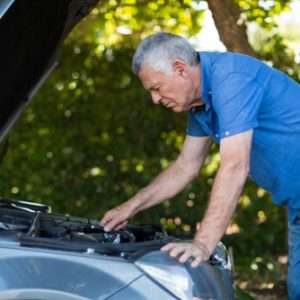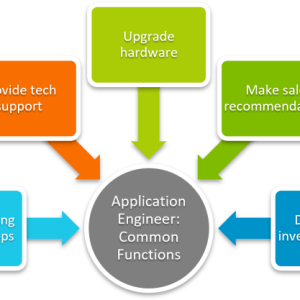Understanding Limp Mode
Limp mode, also known as “reduced power mode” or “safe mode,” is a safety feature in modern vehicles. It’s designed to protect the engine and transmission from further damage when a problem is detected. The car limits its speed and power. This allows you to drive it to a safe location or repair shop. It’s a crucial system.
But what happens when your car enters limp mode, and the check engine light doesn’t illuminate? This can make diagnosis more challenging. It’s a frustrating situation. Let’s explore the possible causes.
Tip: Always note the specific symptoms you experience when the car enters limp mode. This information can be invaluable to a mechanic.
Possible Causes: When the Light Stays Off
Several issues can trigger limp mode without activating the check engine light. These often involve problems that the car’s computer (ECU) doesn’t immediately recognize as a critical fault. It’s a complex system. Here are some common culprits:
- Sensor Malfunctions: A faulty throttle position sensor (TPS), mass airflow sensor (MAF), or crankshaft position sensor can send incorrect data to the ECU.
- Transmission Problems: Low transmission fluid, a faulty solenoid, or internal damage can trigger limp mode.
- Wiring Issues: Damaged or corroded wiring harnesses can disrupt communication between sensors and the ECU.
- Vacuum Leaks: A vacuum leak can affect engine performance and trigger limp mode, especially in older vehicles.
- Stuck Throttle Body: A dirty or sticking throttle body can restrict airflow and cause issues.
These are just a few possibilities. A thorough diagnostic process is essential.
Troubleshooting Steps
If your car is in limp mode without a check engine light, here’s a general approach to troubleshooting:
- Check for Obvious Issues: Inspect fluid levels (especially transmission fluid), look for loose wires, and listen for unusual noises.
- Use an OBD-II Scanner: Even without a check engine light, an OBD-II scanner might reveal stored codes or pending codes. These codes can provide valuable clues.
- Inspect Sensors: Visually inspect sensors like the TPS and MAF for damage or contamination.
- Check Wiring: Look for damaged, corroded, or loose wiring connections.
- Consult a Mechanic: If you’re unable to identify the problem, it’s best to take your car to a qualified mechanic.
Important: Driving in limp mode for extended periods can potentially cause further damage to your vehicle. Address the issue as soon as possible.
FAQ: Limp Mode Without the Light
Preventative Measures
While you can’t always prevent limp mode, regular maintenance can significantly reduce the risk. A proactive approach is key. Here are some steps you can take:
- Regular Fluid Checks: Monitor engine oil, transmission fluid, coolant, and brake fluid levels.
- Scheduled Maintenance: Adhere to the manufacturer’s recommended maintenance schedule, including oil changes, filter replacements, and spark plug replacements.
- Inspect Hoses and Belts: Regularly check hoses and belts for cracks, wear, and leaks.
- Address Minor Issues Promptly: Don’t ignore warning signs like unusual noises, rough idling, or decreased fuel economy.
Taking care of your car will help it take care of you.
When to Call a Professional
Sometimes, DIY troubleshooting isn’t enough. Certain situations warrant a professional mechanic’s expertise. It’s important to know when to seek help.
Signs You Need a Mechanic:
- You’re unable to identify the cause of limp mode.
- You lack the necessary tools or knowledge to perform repairs.
- The problem seems complex or involves internal engine or transmission components.
- The check engine light eventually comes on, indicating a more serious issue.
Don’t hesitate to seek professional help if you’re unsure. It’s better to be safe than sorry.
Pro Tip: When choosing a mechanic, look for one with experience in diagnosing and repairing electronic control systems. Ask about their diagnostic equipment and their familiarity with your vehicle’s make and model.
Dealing with limp mode, especially without a check engine light, can be a frustrating experience. However, by understanding the potential causes, following a systematic troubleshooting approach, and knowing when to seek professional help, you can effectively address the issue and get your car back on the road. Remember, preventative maintenance is key to minimizing the risk of future problems. Stay informed, stay prepared, and drive safely!
The information provided in this article is for general guidance only and should not be considered a substitute for professional automotive advice. Always consult with a qualified mechanic for diagnosis and repairs.




